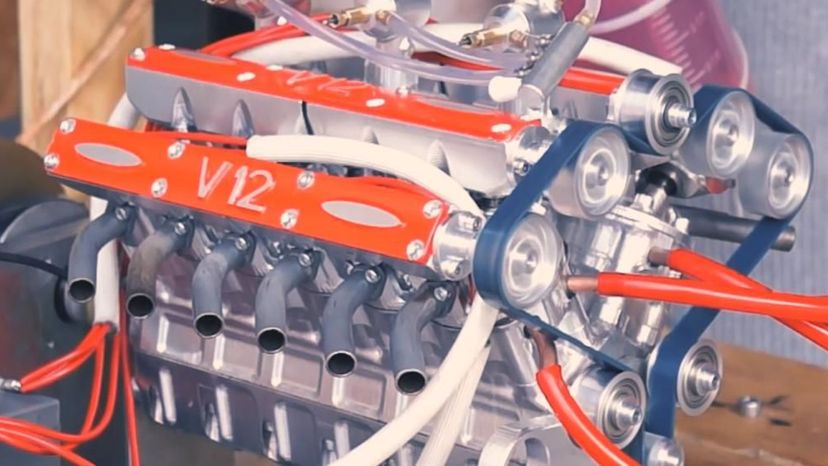
About This Quiz
Can you tear into a lawnmower like a pro or do you need help like the average human does? What about really small car engines? Some of the same principles apply that you might know from big engines, but there are some unique issues surrounding small engines.Â
Small engines are everywhere. They power our lawn mowers, leaf blowers, chainsaws, and countless other yard tools. Generators use them as well, so you can have electricity during a blackout, or far away from the power grid. Even some motorcycles, cars, ATVs, and other vehicles use small engines to move. What's truly interesting is that people who take really great care of their car will completely forget about these unsung heroes, until they don't work correctly.Â
By knowing about small engines and how to maintain them, you can save a chunk of change on maintenance. After all, these need servicing frequently, so if you don't have to pay someone else to do it, that'll save you a ton of cash and downtime if you know how to fix them yourself.Â
So, grab your socket wrench, gas can, and all your knowledge - you're going to need all three for this quiz. Take it now and see just how much you really know about small engines.Â
Advertisement
Advertisement
Advertisement
Advertisement
Advertisement
Advertisement
Advertisement
Advertisement
Advertisement
Advertisement
Advertisement